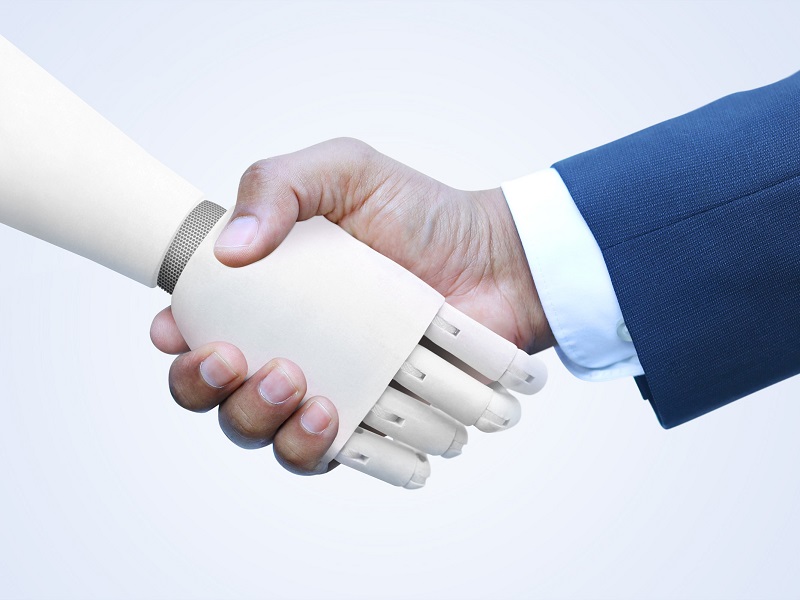
While pension plan sponsors are still in the early days of exploring how artificial intelligence solutions could help automate maintenance tasks, they’re exploring the various functionalities they can automate from a member service standpoint, says Akio Tagawa, president and chief executive officer at consultancy Linea Solutions.
He’s seen increased interest from plan sponsors in evaluating how AI tools could help in areas such as improving plan member communications and reviewing data pools for individual member cases. However, one of the biggest challenges is simply how to get started and how to guarantee responsible use of the technology.
When it comes to using AI solutions for investment tasks, ethics will be critical, said Margaret Franklin, president and CEO of the CFA Institute, in a recent joint report by the CFA and Mercer. The report noted fund managers can use AI to analyze reams of data from various sources to find patterns for future investment opportunities. It also said AI could play a role in predicting the investment sentiment of plan members based on a variety of economic or political circumstances affecting cash flow.
Read: How Texas’ Teacher Retirement System is incorporating AI into pension governance
“Humans will continue to play a critical role in the investment industry, providing oversight and application for AI technologies,” said Franklin, noting the combination of human intelligence and artificial intelligence will benefit the industry as a whole.
The report also found AI could be used to enhance identity fraud detection, model member behaviour based on their financial activities as well as assess future risks related to compliance issues, such as financial fraud and cybersecurity.
Institutional investors can potentially obtain a much improved understanding of their operations, risks and opportunities through AI over both the short and longer terms and deliver better outcomes for their active and retired members, said Tagawa, noting there’s even potential for these tools to aid plan sponsors in finding lost plan members.
“Generally, we think of these AI tools as a skill to be learned. We don’t take the approach right now that these are replacing people. We think of them as tools to help supplement the work that they already do and make them better at it.”
Read: OMERS joining think tank to find uses for AI in the pension sector
Indeed, the potential role of new technologies in the day-to-day work of pension plan sponsors has created a new roadmap full of questions as to how to integrate generative AI. “They often run into difficulties with reviewing . . . individual member cases . . . and I think that they’re looking to see how can AI help resolve some of those gaps.”
During a December webinar presented in collaboration with the Association of Canadian Pension Management, Tagawa’s team built a chatbot utilizing publicly available data from the Healthcare of Ontario Pension Plan, to demonstrate how staff could use it when facing questions from plan members.
When it comes to reservations about implementation or exploration of initial uses, he says smaller plan sponsors have generally opted for a wait-and-see approach. “The more flexibility that an organization might have, the [sooner] they may be able to act on the potential and opportunities that AI provides.”
Read: Government looks to AI to speed up CPP disability benefits
